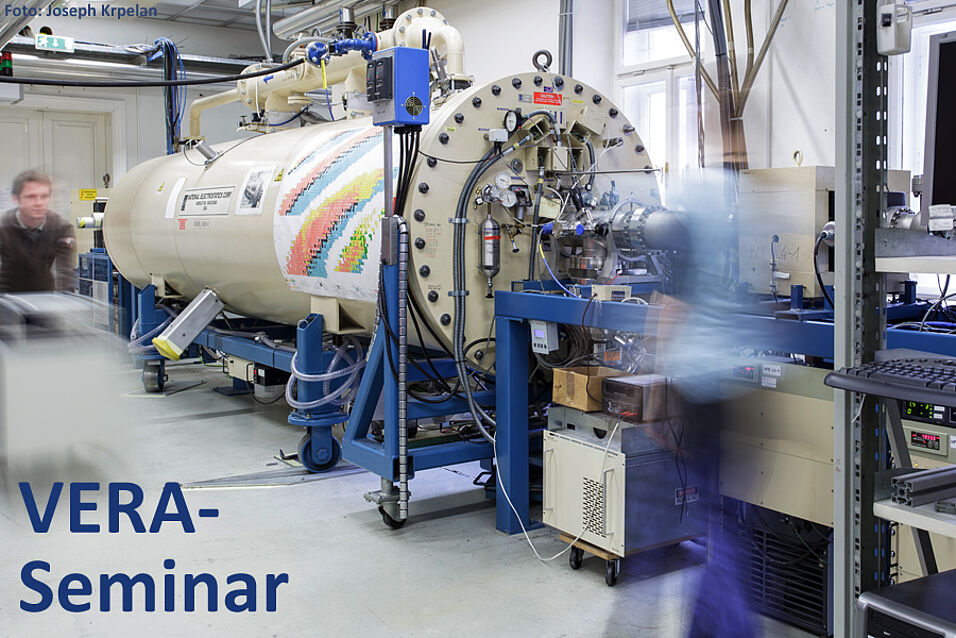During the last seven decades, radiocarbon dating revolutionized chronologies of archeological and environmental records. Radiocarbon dating of cultural heritage objects, although applied from the early days on, was only sporadically presented and published. Recent developments in the AMS technique expanded the field of applications by allowing almost non-destructive sampling of precious objects. Moreover, new material types such as binding media, mortar or iron can be analyzed allowing for studies of a wide range of objects for research as well as for detection of forgeries. However, as the success in applications of the method to the detection of forgeries created a great interest within the trade of antiquities, the radiocarbon community is searching for a critical approach that will prevent analysis of looted antique objects.
The last but not least problem that requires attention is the diminishing level of atmospheric 14C, caused by the combustion of fossil carbon which will soon reduce the 14C excess from the above-ground nuclear weapons testing period to below the pre-bomb level, with consequences for 14C dating [1].
[1] Heather D. Graven, Impact of fossil fuel emissions on atmospheric radiocarbon and various applications of radiocarbon over this century, PNAS 112 (2015) 9542.

